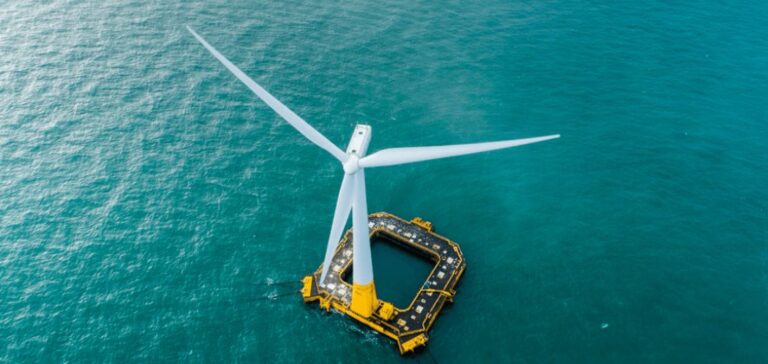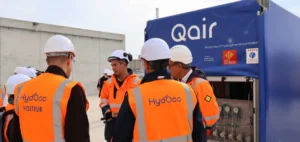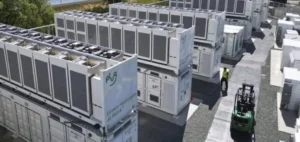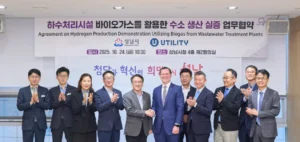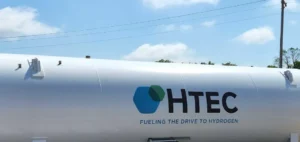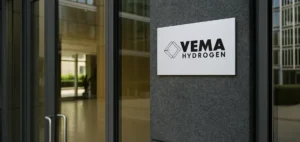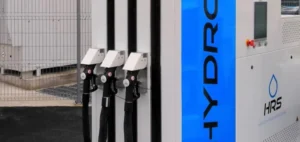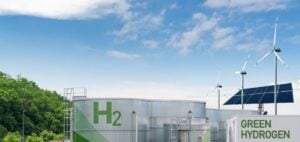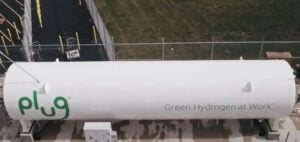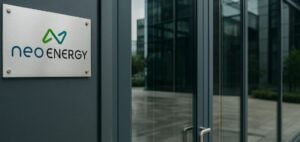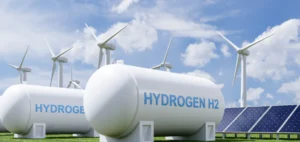An EU study highlights the key role of offshore hydrogen for our future energy consumption. Indeed, offshore hydrogen production is set to become increasingly important to meet the growing demand for hydrogen in Europe, which is seen as a key low-carbon energy carrier.
The benefits of an offshore hydrogen backbone for offshore wind energy
The European study on the specification of a European hydrogen backbone hydrogen backbone commissioned by the infrastructure system operators GASCADE and Fluxys, highlighted the significant benefits of such an infrastructure. The study suggests that offshore hydrogen production is an attractive option for offshore wind power generation. The potential generation of wind energy in the North and Baltic Seas is immense and could be more than the power system alone can handle. The DNV study shows that pipeline-connected offshore hydrogen production is cheaper than onshore hydrogen production.
The EU projects that the demand for climate-neutral hydrogen will reach 2,000 terawatt-hours (TWh) by 2050. DNV estimates the potential to produce 300 TWh of hydrogen from North Sea wind farms by 2050. This makes a significant contribution to reducing dependence on energy imports and enhancing the security of energy supply in Europe. “This positive aspect of increasing security of supply can hardly be emphasized enough after recent experiences,” says Ulrich Benterbusch, Managing Director of GASCADE.
Pipelines for offshore wind hydrogen: costs and flexibility.
According to this EU study on offshore hydrogen, a mesh pipeline connection for the North Sea can sensibly connect production sites to the existing onshore pipeline network to bring hydrogen produced offshore to shore. In the Baltic Sea region, fewer areas currently meet the 100 km criterion. However, if Sweden and Finland decide to produce hydrogen on a large scale and transport it to demand centers in southern Europe, a combined pipeline is likely to make sense.
She suggests storing up to 30% of the hydrogen produced in salt caverns to effectively increase system flexibility. To support the policy discussion, the study also contains an initial cost estimate. The total cost of hydrogen produced offshore in the North Sea is estimated at 10% of the cost of the pipelines and compressors required for the offshore hydrogen infrastructure. Preliminary calculations indicate that an investment in offshore hydrogen transport infrastructure of €35-52 billion (including underground storage) can lead to a North Sea hydrogen system cost of €4.69-4.97/kg.
The AquaDuctus project
The project AquaDuctus is part of the planned offshore hydrogen infrastructure designed to efficiently transport hydrogen produced from North Sea wind farms to the German onshore hydrogen grid. It is designed as a central infrastructure that can collect hydrogen from multiple production sites. While also offering the possibility of connecting to other international hydrogen flows via the North Sea. Pascal De Buck, CEO of Fluxys, says: “The AquaDuctus offshore pipeline, designed as a regulated open access infrastructure available to all future hydrogen wind farm operators, will significantly contribute to security of supply by diversifying Europe’s hydrogen supply sources.”
In summary, offshore hydrogen production connected by pipelines must become increasingly important to meet the growing demand for hydrogen in Europe. With the potential to contribute significantly to reducing dependence on energy imports and enhancing the security of energy supply. Offshore hydrogen infrastructure in the North and Baltic Seas can efficiently collect hydrogen from multiple production sites. While also offering the possibility of connecting to other international hydrogen flows via the North Sea.


